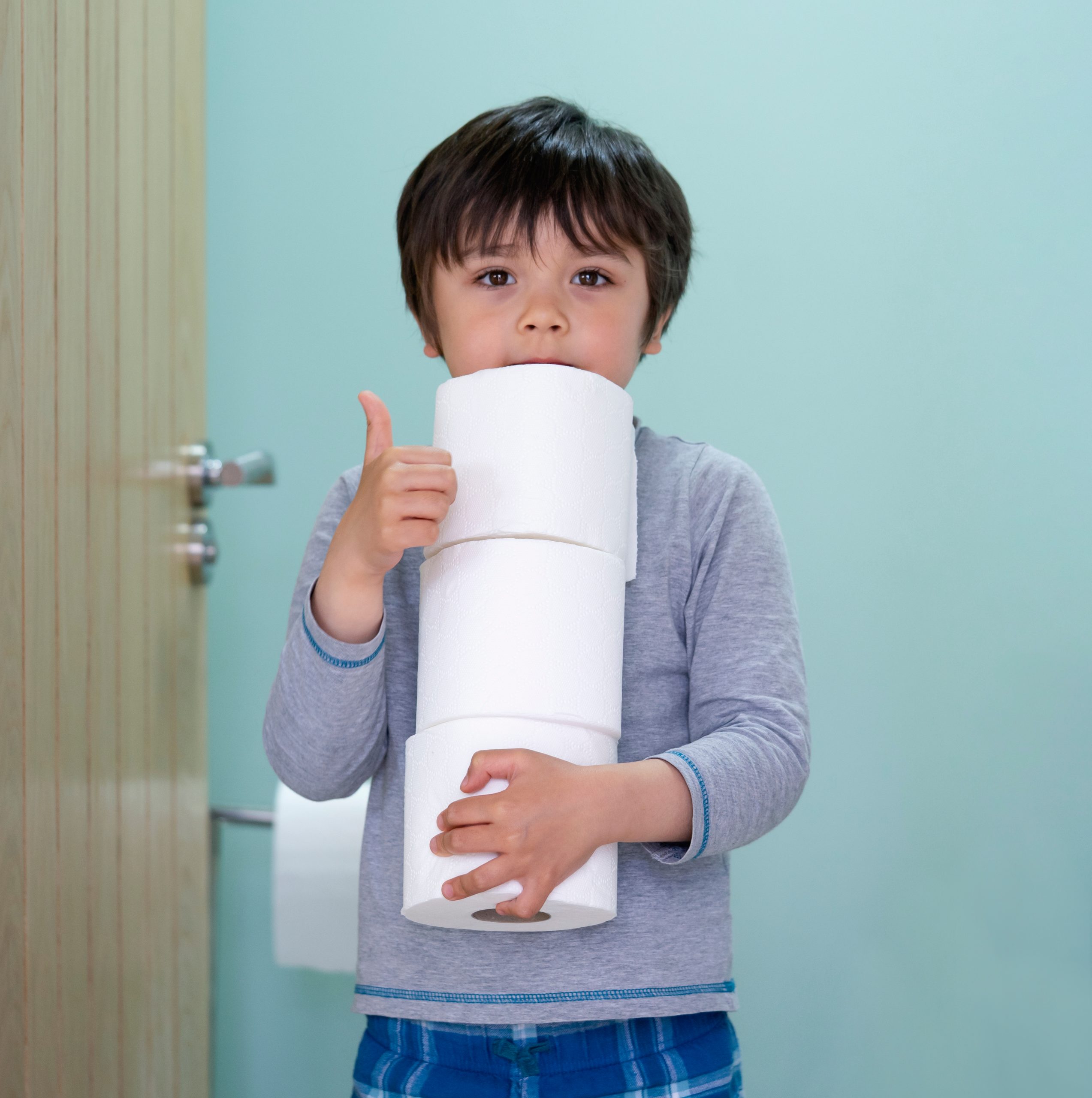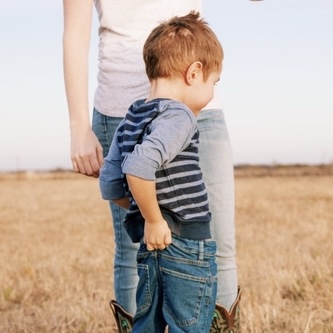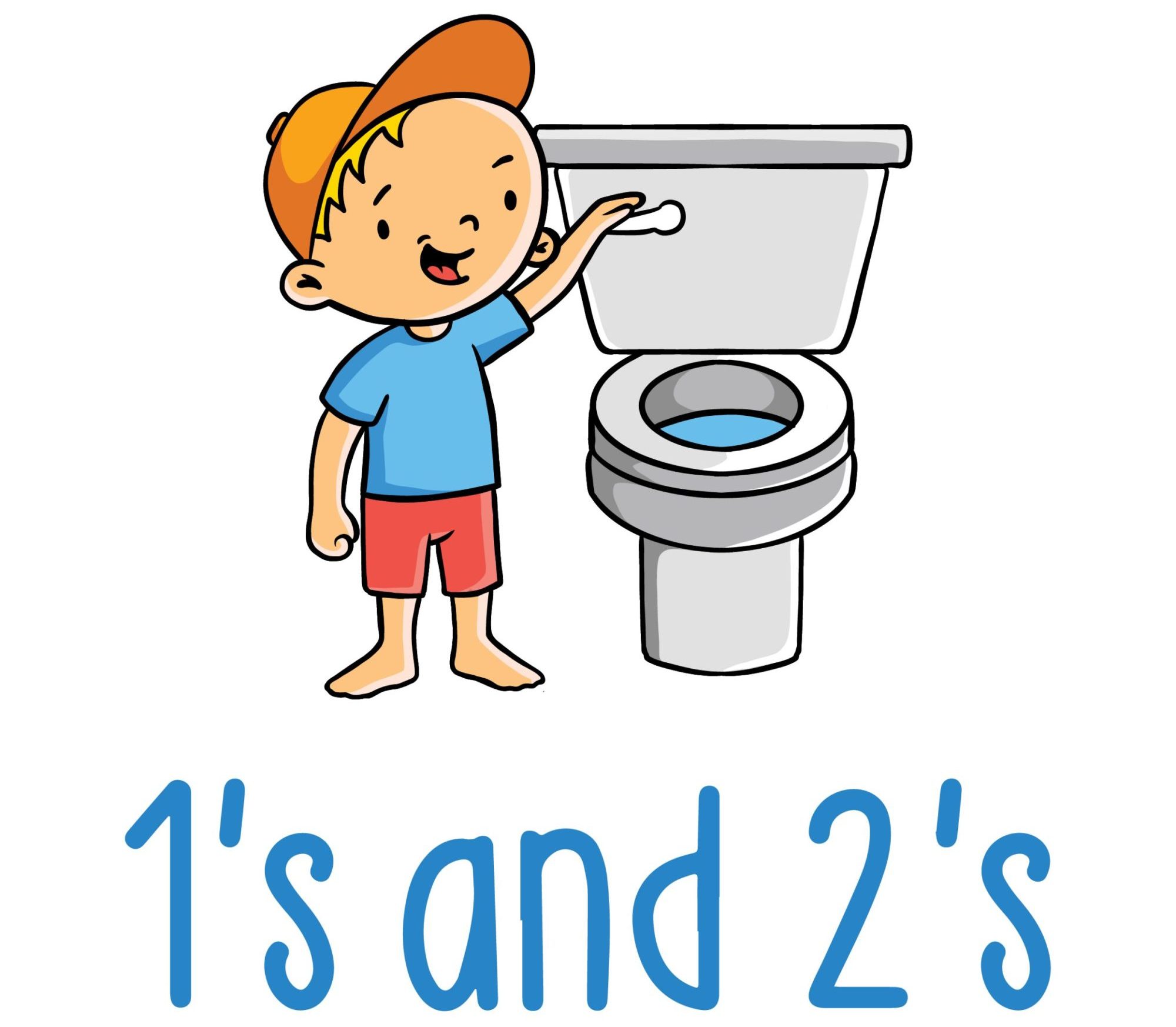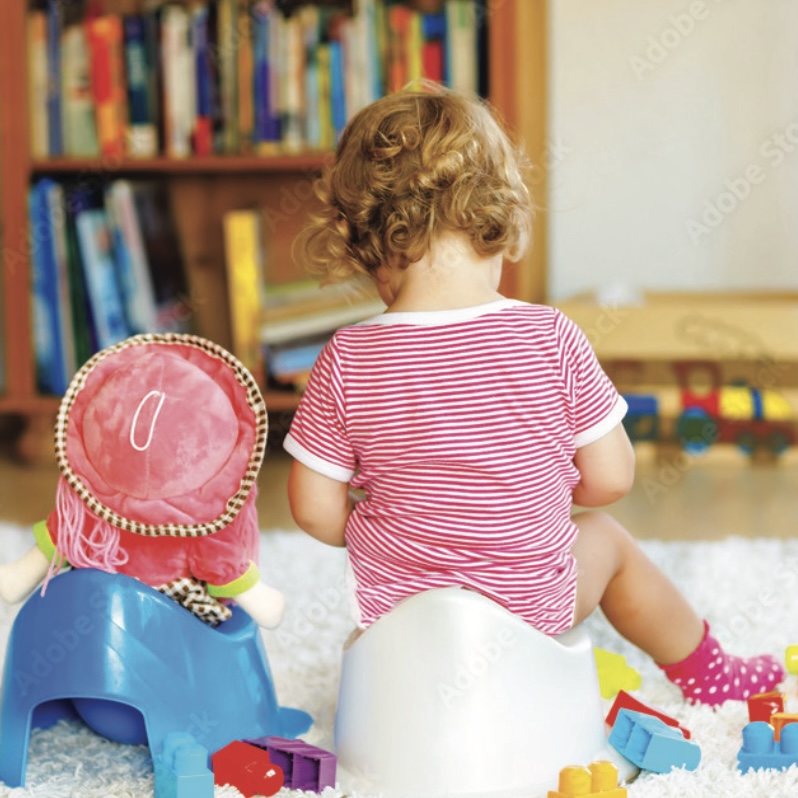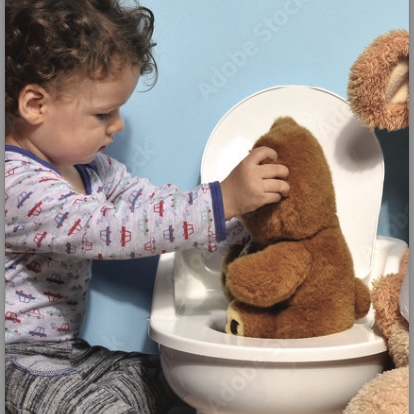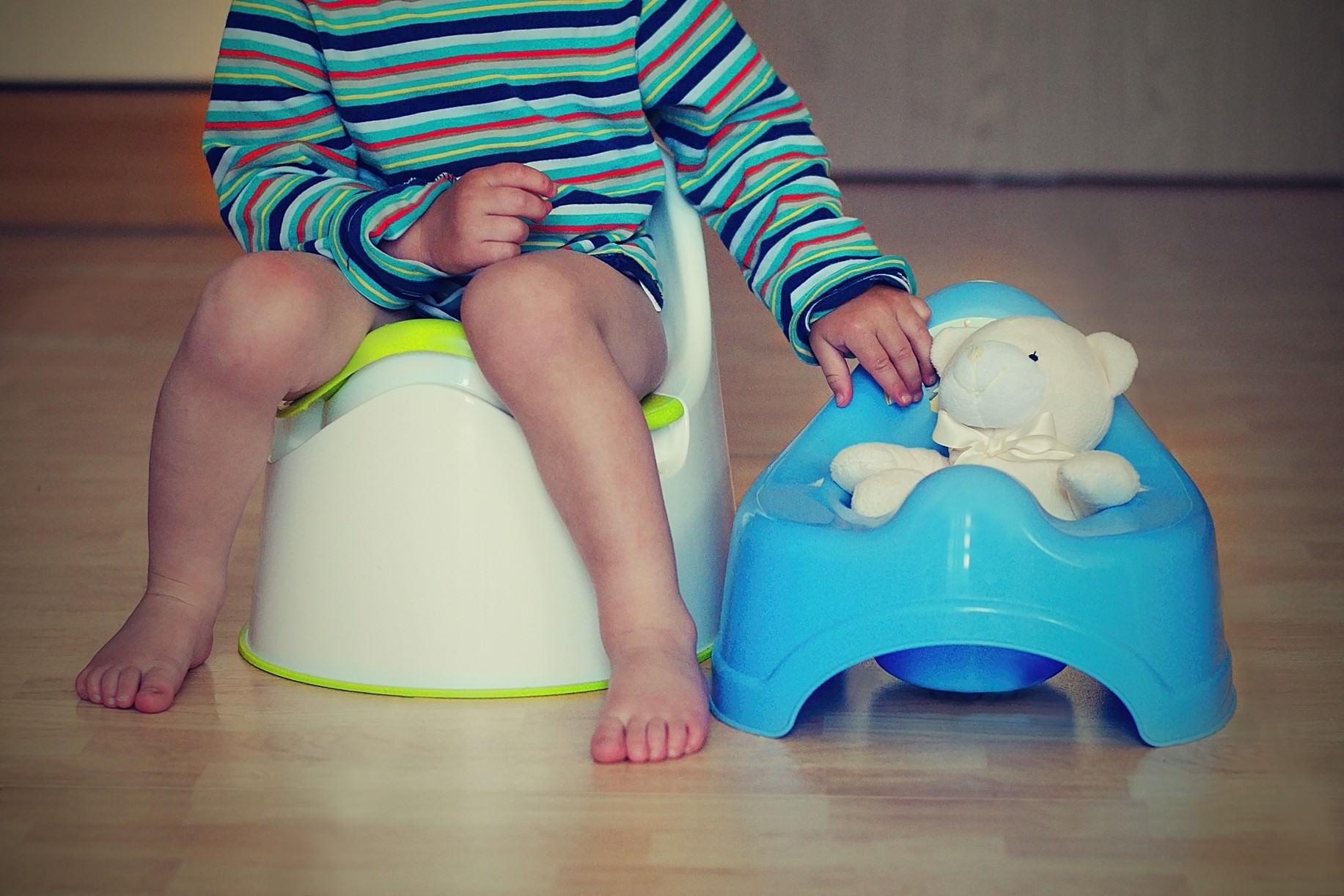
How Occupational Therapy Helps with Toilet Training: Motivating Your Child to Sit on the Toilet Longer Toilet training can be one of the more challenging milestones for both parents and children, especially for those with additional support needs. For families in Bondi Junction and Mascot, our Occupational Therapists play a vital role in guiding parents through the process of helping children master toilet training. One of the most difficult parts of this journey is motivating children to sit on the toilet for longer periods. Finding the right motivation is key, and when done right, it can make all the difference…

